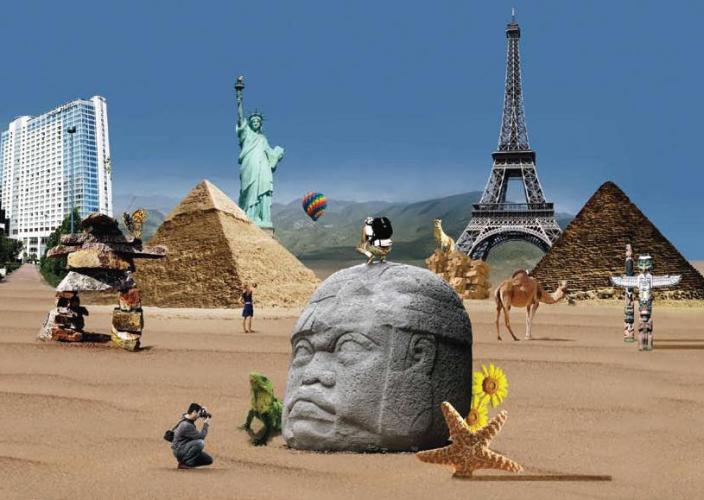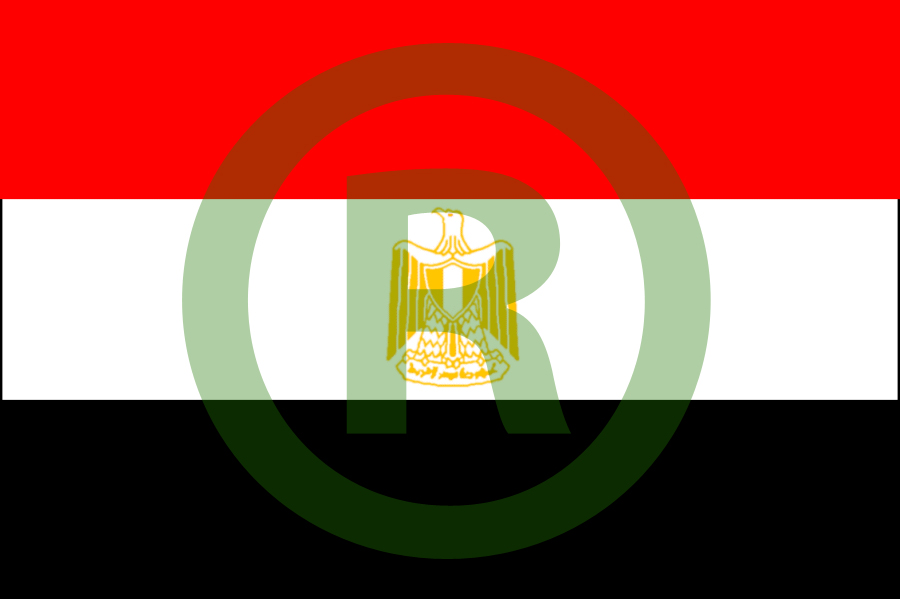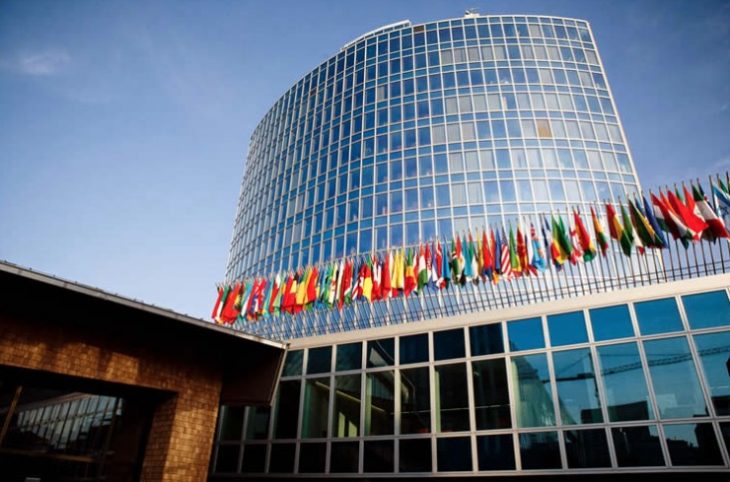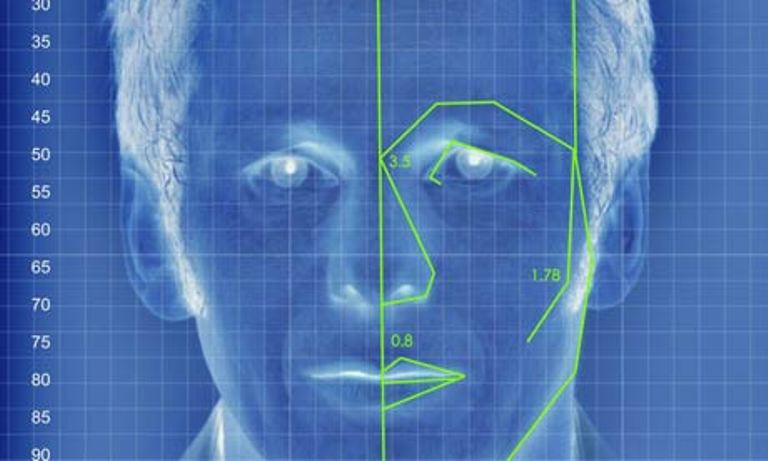Por: Manuel Mora MacBeath/mipatente I Collage digital: Willy
A country brand is not merely the calling card of a nation, but the key to a door that can welcome millions of travelers from abroad and, at the same time, one that can inject capital into the country’s economy.
Mexico: Live for today, live it your own way. Yes, Mexicans do live it, every single day. They live it to such an extent that they have grown used to it; but little do they realize that their national territory is itself the trademark that drives one of the most important sectors of the country’s economy: tourism.
It is perhaps the industry that relies most heavily on the exploitation of intellectual assets for it to function; trademarks, patents, industrial designs, and so on, are to be found on almost every item, and in every location or service; they are on clothes, accessories, means of transport, hotel franchises, and even on many of the destinations visited by sightseers.
All of this is a result of ‘country brand’, a concept that is playing an ever more important role in economic development. On his webpage, specialist in hospitality and tourism José Marcos Collado defines the term ‘country brand’ as a “sign or medium that identifies a country and sets it apart from the rest. Like every brand, it includes—or may include—a logo and a slogan”. He adds, “The principles of conventional branding can be broadly applied to countries, regions or cities, though with a somewhat different methodology. Hence, a country brand is reliant upon what is known as ‘country image’, terms which together form the foundation of country branding or nation branding, which is a means to build, change or protect the international reputation of the country in question, that is, the way it is seen abroad. Often a country brand has a strong tourism element”.
Every country employs its own marketing strategy to place its brand, and there are companies whose job it is to measure the impact of each of these. The results are many and varied, depending on the methodology used in the studies.
One of the most popular is the CBI, or Country Brand Index, which the firm FutureBrand has published for the last five years.
The ideologists at CBI are convinced that countries have the potential to become the world’s most important brands, to compete against giants such as Nike, Sony and IBM. In its executive report, FutureBrand claims to have documented how a country with a well-structured brand can improve its exports, attract investment, tourism and human capital, turn clichés and stereotypes on their heads, and become more competitive.
In its 2009 edition, Mexico was not ranked amongst the top 10 countries that exploited their brand most successfully, according to the CBI. In the same report, the US was ranked number one, followed by Canada, Australia, New Zealand, France, Italy, Japan, Great Britain, Germany, and lastly, Spain.
However, Mexico is one of the ten countries most visited by foreign tourists, according to the Spanish-based World Tourism Organization (WTO).
In 2008 alone, some 22.6 million travelers entered the country, a slight increase on 2007 and 2006, when there were around 21.4 million according to the WTO’s world tourism rankings.
This index lists France as the most visited country, in 2008 at least, with 79.3 million visitors, followed by the US, with 58 million tourists per year; next was Spain, with 57.3 m, China with 53 m, Italy with 42.7 m; the UK with 30.2 m; Ukraine, Turkey and Germany, with 25 million each.
This data makes it clear that the flow of tourists and the right exploitation of a country brand are closely linked, although neither index is conclusive: a country lacking in tourist attractions, even when a huge effort is made to promote its country brand, will struggle to compete with a nation rich in natural beauty and other places of interest to the tourist, such as Mexico.
MEXICO, A REGISTERED TRADEMARK (WELL, KIND OF)
So to what extent have Mexico’s authorities been able to exploit the country’s name as a brand with which to strengthen tourism?
Five years ago, in May 2005, the Department of Tourism (Sectur) began the process of registering the trademark ‘Mexico’—and the design that can currently be seen on all its official publicity—at the Mexican Institute of Industrial Property (IMPI).
According to the file, its registration was granted on August 16 of that year under number 894746, and will remain valid until at least May 2015.
Although Sectur holds the trademark ‘México’, this particular intellectual asset is actually exploited by the organization Consejo de Promoción Turística de México, S.A. de C.V. (the Mexican Tourism Promotion Council), which signed a non-exclusive licensing agreement with the aforementioned federal agent in September 2005 for the right to use the trademark. The first agreement expired in 2007, but the Council was granted an extension and can continue to exploit the mark until at least August 31, 2009, according to file 0715642.
And so, everything stays within the family. The Tourism Promotion Council is simply a company in which the state has a majority interest. According to its website, its aims include that of drawing up and undertaking strategies to promote tourism both domestically and internationally, with the participation of diverse participants within the tourism sector.
Of course, the tourism promotion strategy includes the right management of intellectual assets, as can be inferred from an analysis of trademark registration applications: whilst the ‘Mexico’ brand is registered under class 35, which covers “publicity, business management, business administration and office functions”, the Council has filed another eight applications in order to further protect the brand under other classes, …so far to no avail.
Not one of the eight applications, registered early last year, has yet been granted registration in the classes in which protection for the brand and designs is sought (i.e. 43, 25, 16 and 35).
In one of the files, the IMPI assessor in charge of processing the registration application indicated that one of the obstacles to the granting of the trademark registration was the fact that it concerned “a name that, given all of its characteristics, has proved to be descriptive of the provenance or place of origin of the services that the trademark is intended to set apart, and also not completely distinctive from others (…) Furthermore, previous registrations have been found for the marks 707453 (La México), 459302 (Hola México), 1046414 (Happy México), 1021669 (IHR de México)”, this according to file 985511, through which the Council is attempting to register the trademark ‘México’ under class 43, corresponding to “the rental of camping facilities, accommodation agencies, tourist hostels, the rental of temporary accommodation, the reservation of temporary accommodation, the reservation of hotels, the reservation of boarding or guest houses”.
The Council appealed against the IMPI’s rejection through its attorney-in-fact, Kiyoshi Iago Tsuru Alberú, who, in a document submitted in July 2009, pointed out firstly that the Federal Government was present in all of the Council’s activities as it was presided over by the head of the Secretariat of the Economy, a department that holds the only trademark granted for the name ‘Mexico’.
The document clearly demonstrates the importance of the correct administration of intellectual assets in the development of tourism in the country, a sector that accounts for 8.5% of Mexico’s annual GDP: the lawyer indicated that both Sectur and the Council invested some 100 million dollars a year in a campaign to promote Mexico’s principal tourist destinations, as well to “carry out comprehensive promotion of Mexico as a country as a tourist destination, which in the long run will benefit the entire domestic tourist sector”.
“The main symbol with which this campaign is identified is that described in the application for the trademark we intend to protect. This is due to the fact that the aim of the party I represent is to obtain the registration of a country brand so as to be able to develop a general identity that identifies the entire country as a tourist destination, and one which is widely recognized throughout the world”, argues the lawyer.
The document goes on to say that the symbol in question consists of the word ‘Mexico’, each of the letters of which has its own internal design.
“Is is essential to point out that the intention of my client has never been to monopolize the word ‘México’ in itself; quite the contrary, the aim of my client is to obtain protection for the design of the country brand that represents Mexico throughout the world”, it states.
It continues, “It is important to stress that this trademark has been sought not only in this country, but in a number of countries, such as Japan, Chile, Canada, China, Argentina, Brazil, the US and in the European Union, among others”.
According to IMPI records, the ‘México’ country brand is, therefore, still in the process of getting protected at home.
WHAT DO COUNTRIES HAVE TO OFFER?
Without a doubt, every country has destinations that have come to be iconic symbols around the world. France, the most visited country in the world, has the Eiffel Tower. The construction of this monument took two years (1887-1889), and it is, like the country itself, one of the places most visited by world tourists.
Another world icon is the Statue of Liberty, which is located in the second most visited country, the US. This monument was opened on October 28, 1886; on that day, on Liberty Island in Manhattan, the statue first welcomed European immigrants arriving in the country.
But it is not all about monuments, or natural attractions. Nor is it about the products that we traditionally associate with places: Colombia and coffee; Italy and pizza; Russia and vodka; Scotland and whisky, and so on.
Whilst in Mexico, the government hopes that visitors will ‘live’ the country, in Colombia, it tries to make sure they are swept away by the passion of its people.
The brand of this particular South American country is built around the slogan ‘Colombia is passion’. Why ‘Colombia is passion’? “Because after an extensive quest to pinpoint the essence of Colombia—to discover that little advantage that would make the country so much more competitive and set it apart— it was found that the common denominator amongst Colombians was their abiding passion”, asserts the website www.colombiaespasion.com
It goes on, “More than a brand, ‘Colombia is Passion’ has become a feeling that identifies all Colombians”.
Hence, with the help of its country brand, the government of Colombia is seeking to rebuild its identity, its name and its reputation, their having been tarnished by years of insecurity… of the kind that can be seen in Mexico today.














